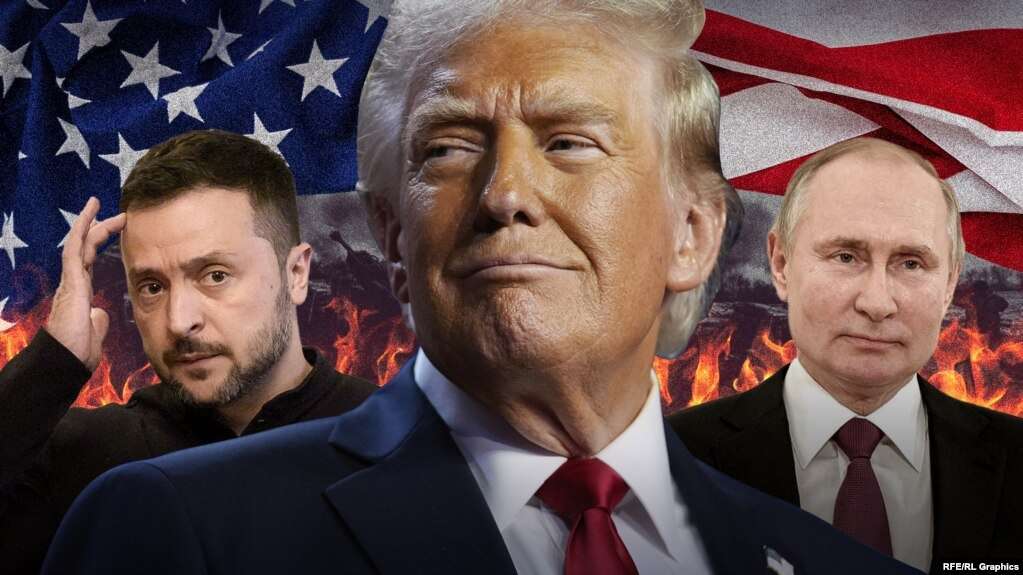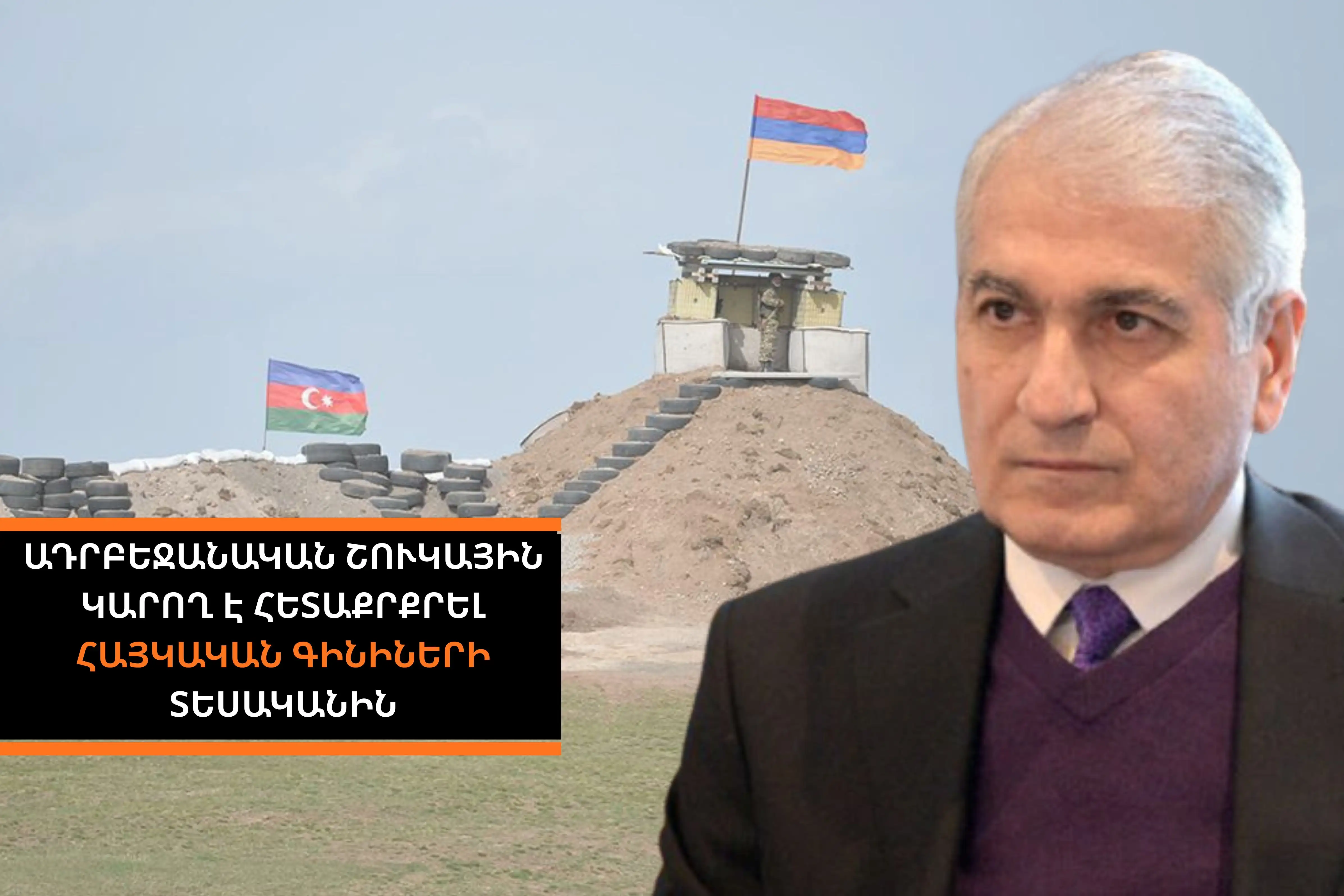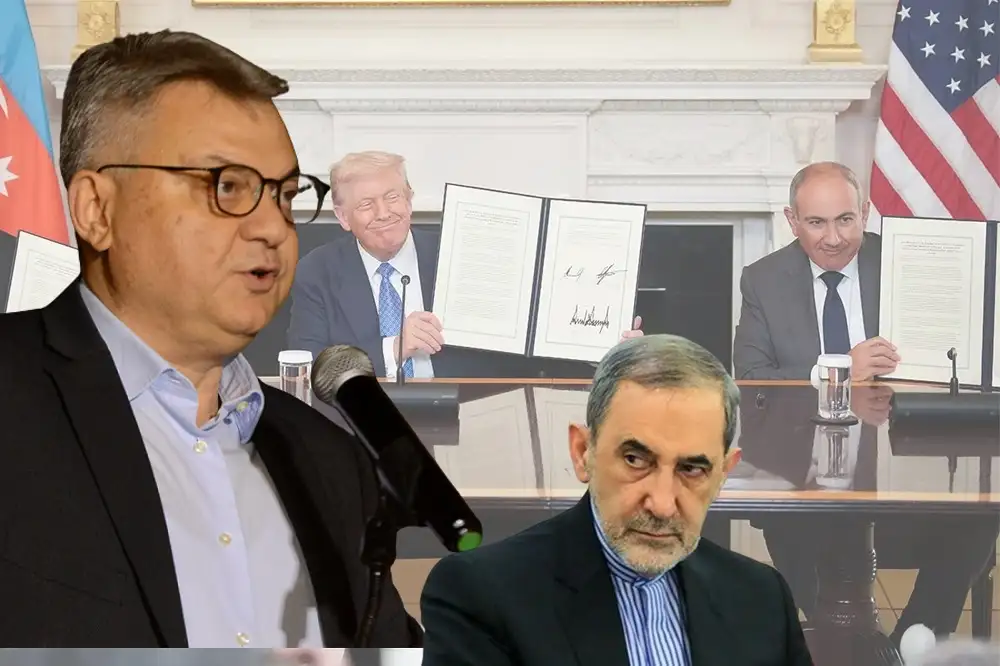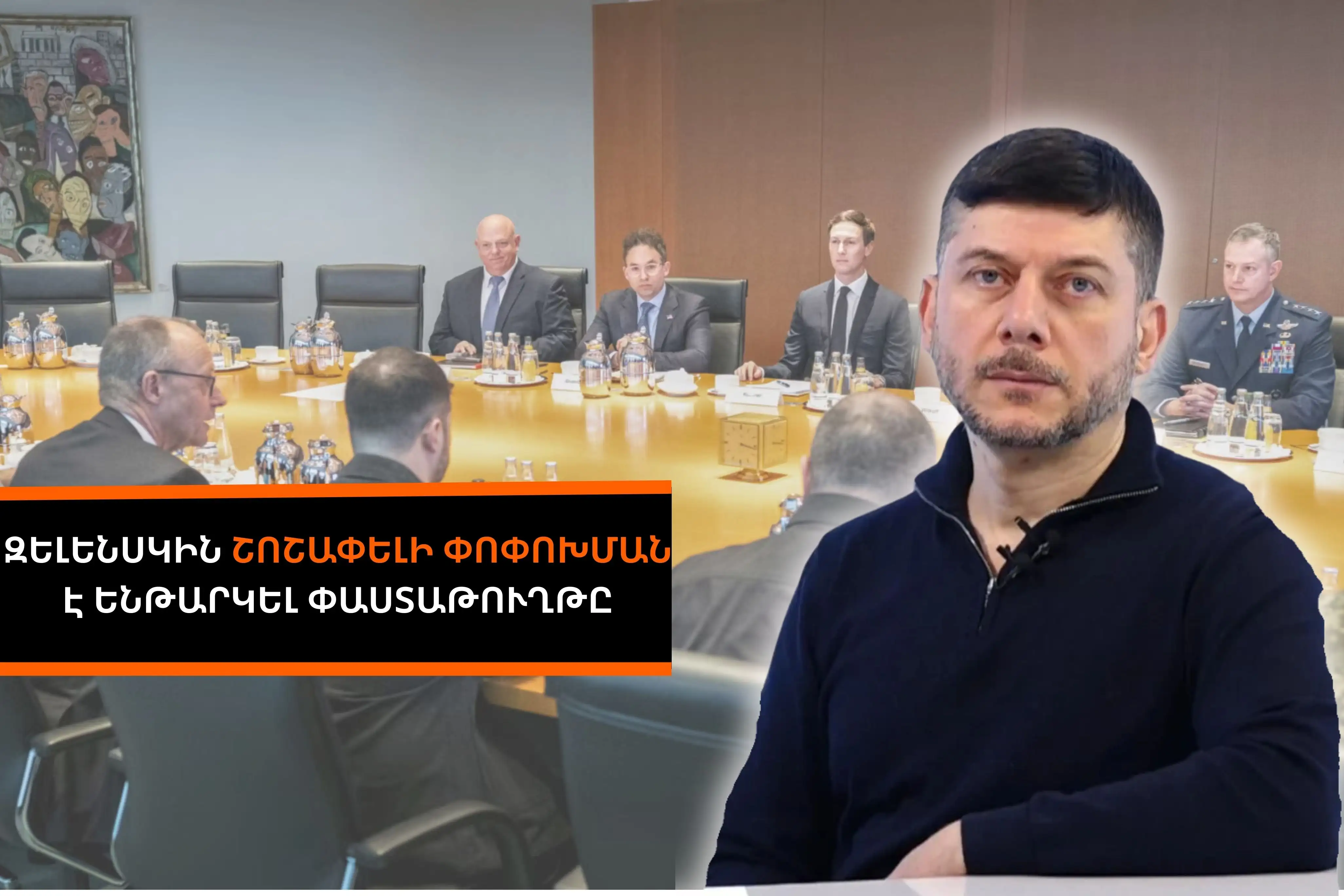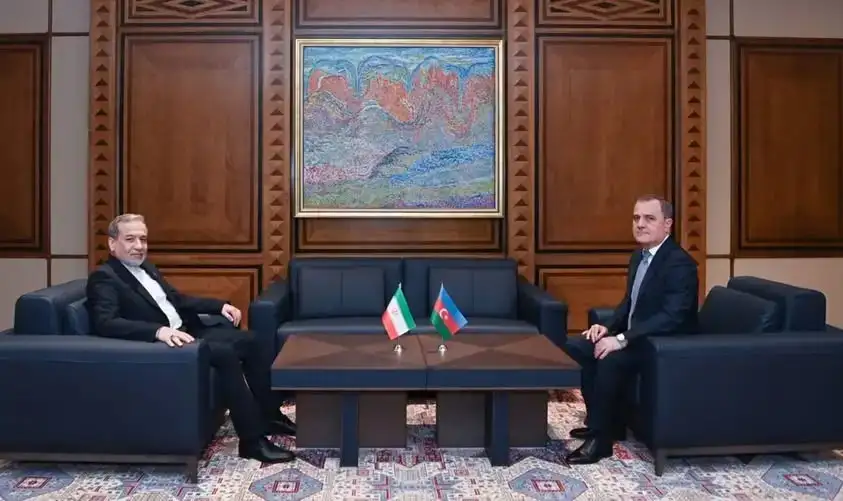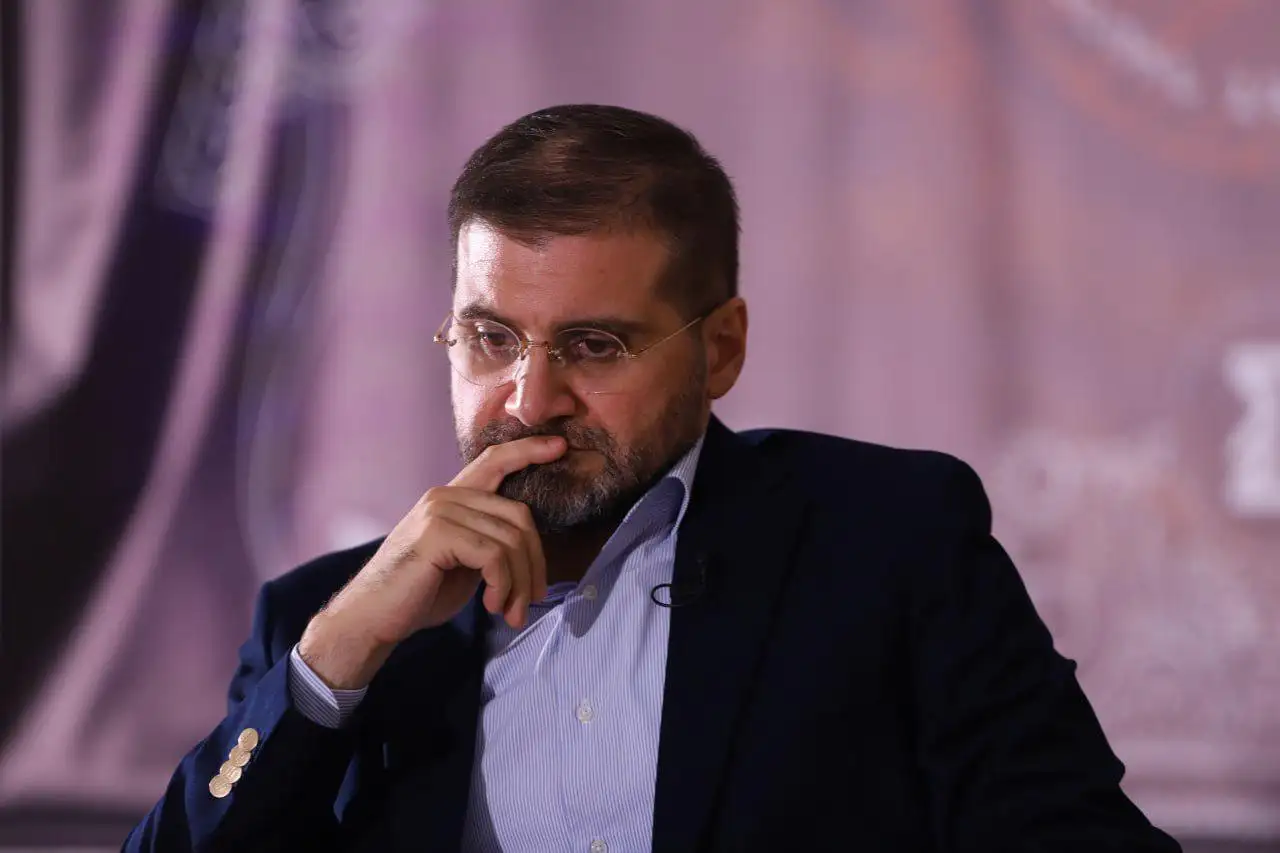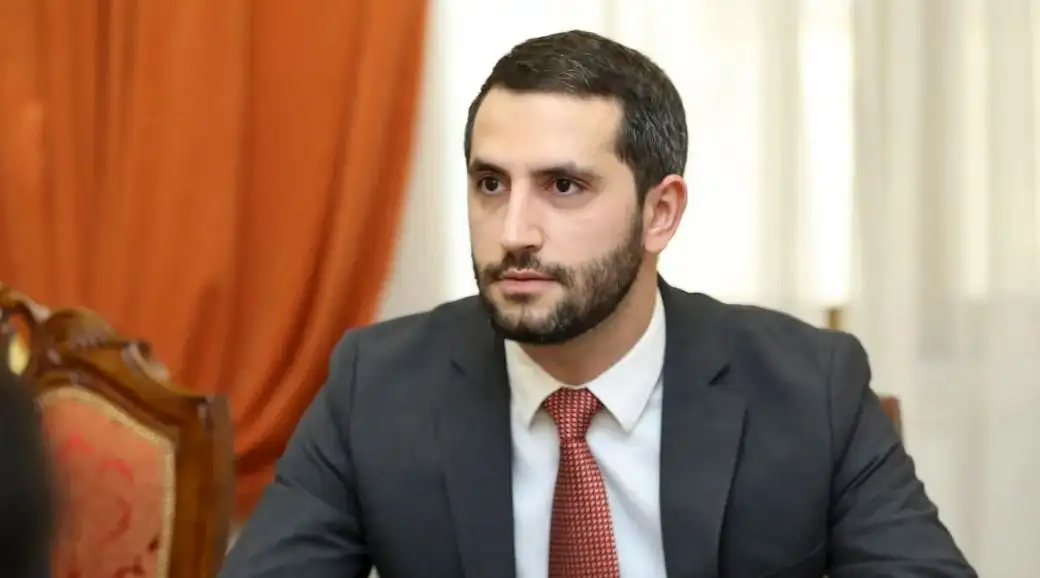Responsible Statecraft has published an article by Dr. Mark Episkopos, a history professor at Marymount University, on Russian-American relations. Radar Armenia presents the content of the article.
“Trump is putting himself under pressure by setting a deadline for Russia.”
His initial negotiating approach was correct; he should not have allowed frustration or the desire for a quick “victory” to cloud his judgment.
It is time to choose the Russia-Ukraine war.
President Donald Trump’s decision to significantly shorten the 50-day deadline for Russia to agree to an unconditional ceasefire with Ukraine reflects his growing frustration with the complexities of the peace process.
On Monday, the president acknowledged that the move is unlikely to change Russia’s position. “If you know what you’re going to get, why wait?” he said.
As the White House ponders its next steps, it is worth considering the geopolitical situation facing Trump. Just eight months ago, talk of a viable diplomatic settlement was seen by the previous administration as a naive and short-sighted concession to tyranny.
The Trump administration deserves credit for lifting a three-year ban on dialogue with Russia, a grave mistake by Western leaders that deepened the diplomatic impasse facing Ukraine.
High-level direct contacts between Russia and the United States were restored almost immediately after Trump took office. Months of dialogue between Trump and Russian President Vladimir Putin, as well as the relentless diplomatic efforts of special envoy Steve Witkoff, have reduced U.S.-Russian tensions and painted a clearer, if not more generous, picture of a peaceful settlement with Russia.
Most importantly, President Trump has resolutely rejected the strategic bankruptcy and political futility of the previous administration’s “for as long as it takes” rhetoric that characterized the Western approach to Ukraine. It is now widely accepted within the White House that the war must be ended with substantive diplomacy.
But the administration faces a dilemma that, if not resolved, could undermine the diplomatic progress made since January. This is not just a bilateral conflict between Russia and Ukraine, but also a confrontation between Russia and the West, which is taking place on Ukrainian soil. A lasting settlement will require addressing both of these issues.
Prioritizing the former and ignoring the latter, treating the war as a narrow conflict resolution or border demarcation issue, is a formula for failure.
Trump rightly believes that this crisis has been exacerbated and mismanaged by figures he has no connection to, including those who fueled the false “Russiagate” narratives that marred his first term and tarnished the U.S. national security discourse.
Many of those exact figures are now urging Trump to abandon the sound judgment based on his promise to keep America out of endless military engagements and embrace a gently repackaged version of the failed Biden-era policies that he rightly condemned.
This crisis was forced upon Trump by forces beyond his control, but it is his responsibility to resolve it. The White House’s upcoming decisions will have significant implications not only for the Ukraine peace process but also for the administration’s ability to implement its broader foreign policy vision. A sustainable reallocation of U.S. resources from Europe to the Indo-Pacific will be impossible as long as the war continues or ends with Europe destabilized on the brink of confrontation with Russia.
There is no “walking away” from here, except tactically, using U.S. assistance to pave the way for a viable peace agreement. It is technically impossible and highly undesirable to return to the stalemate policy of the Biden era, when aid to Ukraine was provided in a piecemeal fashion without an end in sight. U.S. security assistance and sanctions may prolong the conflict. Still, these tools have never been sufficient to propel Ukraine to victory in a drawn-out, all-consuming war against a much larger adversary.
The diplomatic starting point should be to recognize that Russia will never agree to a 30-day unconditional ceasefire. Setting deadlines for this purpose, regardless of their length, does not eliminate Russia’s main advantage: military superiority and escalation control over Ukraine, without significant concessions from Kiev and the West. The United States has little to offer in terms of changing the Russia-Ukraine military dynamic, which Russia cannot take by force if the war continues into 2026.
The only way out is sustainable and creative diplomacy that takes into account the full range of challenges and opportunities in US-Russia relations The stakes go beyond Ukraine: President Trump has an opportunity not only to end the bloodshed and tragedy of this war, but to do so while advancing America’s strategic interests in a way not seen since Richard Nixon’s opening of relations with China. But to seize this opportunity, the White House must view the war in Ukraine as a complex, multifaceted issue.
The question of Ukraine’s postwar orientation must be at the heart of a roadmap for a ceasefire and lasting peace. The starting point for negotiations should be guarantees that Ukraine will not join NATO and that NATO troops will not be stationed on Ukrainian territory, in return for Moscow’s reassertion that it has no objections to Ukraine’s bid to join the European Union.
The Trump administration should outline concrete steps to restore U.S.-Russia trade ties and reintegrate Russia into Western financial institutions as part of a package deal based on Russia’s willingness to soften its territorial claims. The White House should also make clear that a negotiated settlement in Ukraine will create the goodwill and confidence-building mechanisms necessary for a constructive dialogue on arms control and NATO troop deployments in Eastern Europe, addressing the Kremlin’s core concerns.
Creative solutions must be developed to meet Ukraine’s postwar security needs in a way that does not lead to future spirals of escalation between Russia and its neighbors. The system of external reserves I have proposed aims to ensure just that.
In short, the key to a successful negotiating position on Ukraine is to shift the focus from the immediate conflict resolution to the fundamental strategic issues in which both Moscow and Washington have an interest. This can only be done by acknowledging and acting consistently on the reality that America’s primary sources of influence lie beyond the battlefield. No one said it would be easy, but the cost of inaction, both for Ukraine and for U.S. global interests, is much higher.
Peace through strength has always meant more than just military preparedness, although that is important too. The accurate measure of strength is the ability to use all the tools at your disposal to achieve a clear national interest. No place demands more accountable pragmatism than the Ukraine crisis. President Trump’s deal-making instincts have taken him this far; now it’s time to finish.”




